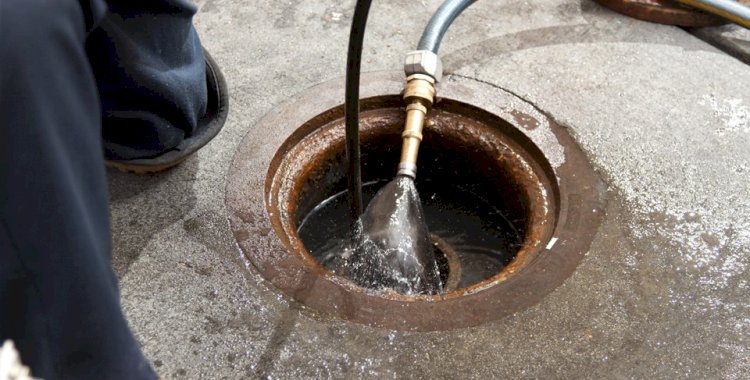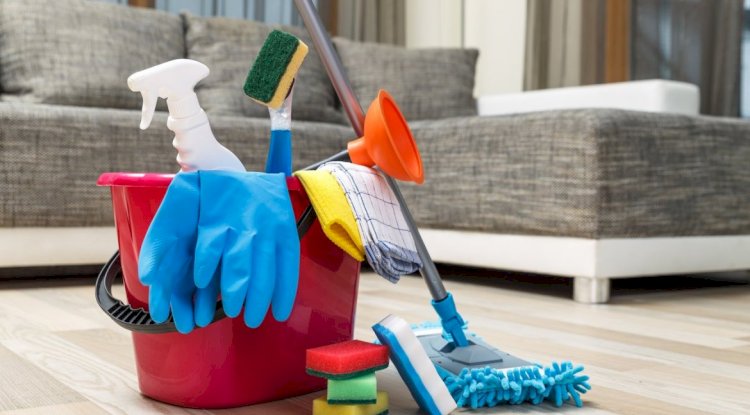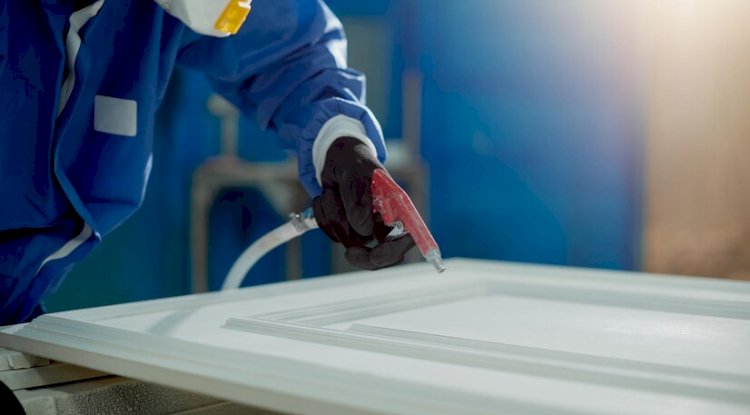Helpful Plumbing Maintenance Checklist For All Homeowners
In this article, you will read about the Plumbing Maintenance checklist to ensure proper plumbing systems at your homes.
When Plumbing Maintenance issues strike unexpectedly, the consequences can be disastrous. A frequent check of your critical plumbing fixtures, on the other hand, may help you to detect and repair arising issues until they become emergencies.
Predictably, the rooms with the most plumbing equipment should be the centre of your inspection checklists such as the bathroom and kitchen. But don't forget to look around the home for additional appliances and fixtures. Such as the hose spigots outdoors and the hot water tank in the underground or utility room. In this article, you will read about the Plumbing Maintenance checklist to ensure proper plumbing systems at your homes.
Checklist for plumbing maintenance
Bathroom
Each family member uses the bathroom frequently. So it's no wonder that it is the area most likely to have plumbing issues.
-
Faucets- In a bathroom, the basin, bathtub, and showers faucets are the most often repaired. Check for leaks on a regular basis. To fix leaky faucets, replace worn washers or cartridges. Water supply pipes concealed in the sidewalls for bathtub and shower drains may be particularly troublesome. Because such concealed leaks can do considerable damage when you first notice them. Concealed water pipe leaks frequently manifest as indicators of water loss in the space underneath the plumbing pipes.
-
Toilets- A toilet has several functional parts, and any of them might wear down and cause issues. Remove the toilet tank cover and see what occurs when you flush it. A toilet that keeps running instead of closing off at the conclusion of the flushing cycle wastes an amount of water. Repairing a leaking toilet is frequently a simple task. If your toilet shakes somewhat when you sit upon that, or if you detect water leaking around the base. The waxed rings that secure the toilet base to a drain opening have likely worn out and have to be repaired.
Kitchen
Another space with a lot of plumbing fittings in the kitchen. Inspect all fixtures at least 2 times a year and repair any issues that arise.
-
Drains in the sink- The dishwasher gets a lot of usages, and a drain strainer is a typical source of leakage. As the water in the drain drains, keep an eye on the filter area and the P-trap. P-trap connections must have to be adjusted. Since if the strainer basket starts to leak it becomes rusted. Thus it should be replaced at last. A blockage inside the P-trap or branch drain of a faucet that runs too slowly may be cleared out as these fittings can be dismantled and cleaned. Repair the kitchen sink drains on a regular basis. Running a moderate homemade drain cleaner composed of baking soda, vinegar, and water down the kitchen sink drain on a daily basis can assist to break up the normal buildup and keeping water flowing.
-
Garbage disposal unit- Problems with trash disposals are typically discovered in the drainage connections. Where the dishwasher discharge links to the disposer or where the drogue discharge flows to the sink drain. Inspect these places for leaks and adjust the linkages or replace the seals if necessary. A garbage disposal that emits an unpleasant odour should be cleaned. For routine garbage disposal maintenance, follow the manufacturer's instructions.
-
Refrigerator- A fridge with a dispenser and an ice maker has its filter updated on a regular basis i.e at least twice a year, according to most manufacturers. A blocked filter might prevent water from reaching the pump or icemaker. Also, inspect the water system line for signs of damage and replace it as needed.
Septic and sewer systems
A clog inside the main sewer pipe or septic system is a major plumbing issue that may be dangerous to one's health. The easiest way to avoid this is by regular examination and maintenance.
-
Keep up with the septic system- If you have a sewage tank with a storm drain. Get it examined and maintained on a regular basis to avoid complications. When using a tank system, have the container emptied when it becomes full. Make sure your family is aware of what things should not be flushed down the drain when using drain field systems. Many experts advise against draining food waste into a sewer tank. Bleach-based cleansers must also be ignored since they conflict with the biowaste breakdown required by a septic system.
-
Maintain the sewage main- If your home is connected by public sewer lines, frequent maintenance can help prevent mainline clogs. A yearly snaking of the pipe by a skilled sewage operator will keep floor drainage from supporting into the home for residences that experience occasional stoppages. Which are occasioned with the roots of trees in the sewer pipes. You may test the sewer line's efficacy by draining all faucets and bathtubs simultaneously and watching whether any floor leaks up or if it takes a very long time for all drains to empty. Keep an eye out for indicators of a looming sewer drain blockage and cope with it before they are full-fledged stoppages.
How can we assist you?
Plumbing Bondi offers top-class emergency plumber Bondi. Feel free to avail of our affordable services whenever you need them!
Share
What's Your Reaction?
 Like
0
Like
0
 Dislike
0
Dislike
0
 Love
0
Love
0
 Funny
0
Funny
0
 Angry
0
Angry
0
 Sad
0
Sad
0
 Wow
0
Wow
0
















